Discovering the perfect rosemary substitute can transform your culinary creations, offering a new dimension of flavor while adhering to your dietary preferences. Whether you’re crafting a savory stew or a refreshing salad, understanding the nuanced alternatives to rosemary, both fresh and dried, is key to achieving delightful results.
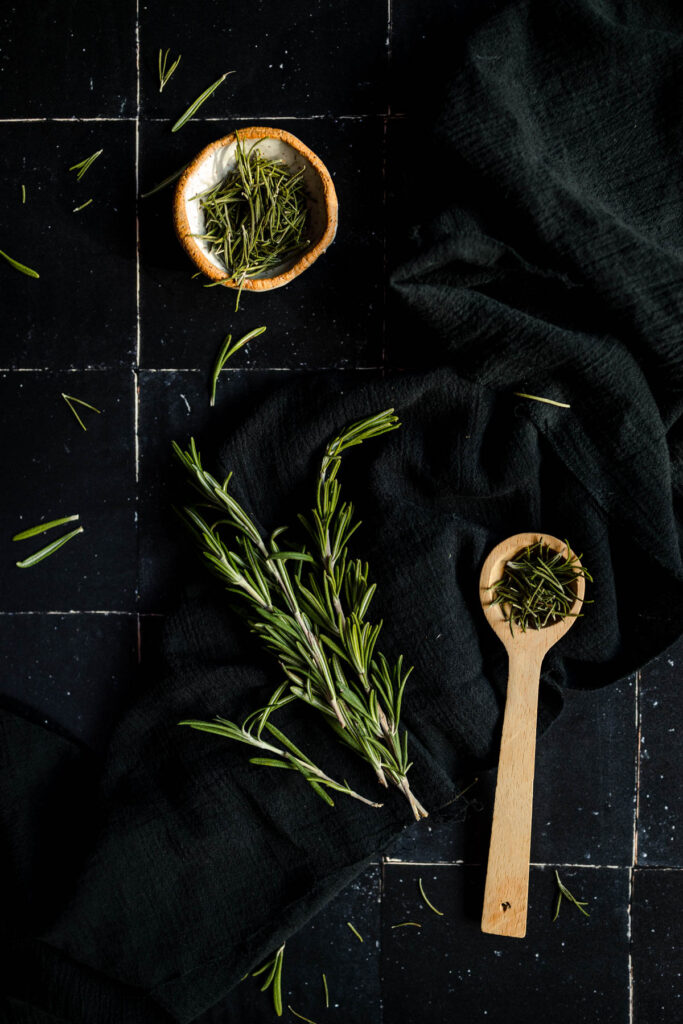
About Rosemary
Rosemary, a staple in Mediterranean cuisine, is revered for its aromatic, earthy flavor with hints of citrus and pine. Its needle-like leaves provide a potent taste, making it a favorite in a variety of dishes. Understanding the characteristics of fresh versus dried rosemary is crucial for culinary success, as they offer different intensities and nuances in flavor.
Dried vs. Fresh Rosemary
The choice between fresh and dried rosemary hinges on the desired intensity of flavor. Fresh herbs impart a vibrant, aromatic taste. Dried herbs offer a more concentrated and subtle essence, ideal for longer cooking processes. Substituting dried for fresh or vice versa is always the best substitute.
Rosemary Nutrition
Rosemary (Rosmarinus officinalis L) is not just a flavor enhancer. It’s a source of antioxidants and anti-inflammatory compounds, contributing to overall health and wellness.
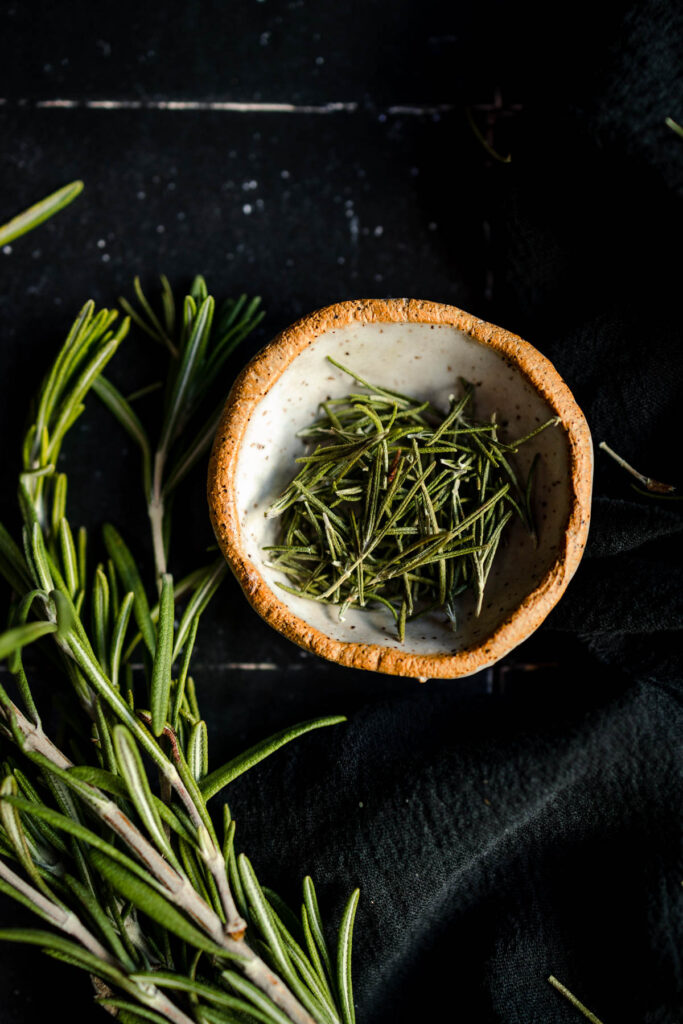
The List: 25 Best Rosemary Substitutes
Finding a good substitute for rosemary can make all the difference. Here are dried and fresh herb alternatives to rosemary. Some offer a similar flavor profile, while others offer a more intense or unique flavor.
- Fresh Rosemary: The quintessential herb with a piney, aromatic flavor, fresh rosemary is perfect in Mediterranean dishes, soups, and vegetables.
- Dried Rosemary: Concentrated and robust, dried rosemary is ideal for slow-cooked dishes where its flavor can infuse over time, such as in soups and stews.
- Fresh Sage: Fresh sage is a great substitute for fresh rosemary. It’s earthy and slightly peppery. Fresh sage is a fantastic substitute when you want the flavor to be as similar to rosemary as possible.
- Dried Sage: With a more muted, earthy flavor, dried sage works well in sauces and marinades.
- Fresh Thyme: Subtly minty with a lemony undertone, fresh thyme is versatile in French, Italian, and Mediterranean cooking.
- Dried Thyme: Concentrated and slightly floral, dried thyme is suitable for long-cooking dishes, stews, and braises, imparting a subtle depth.
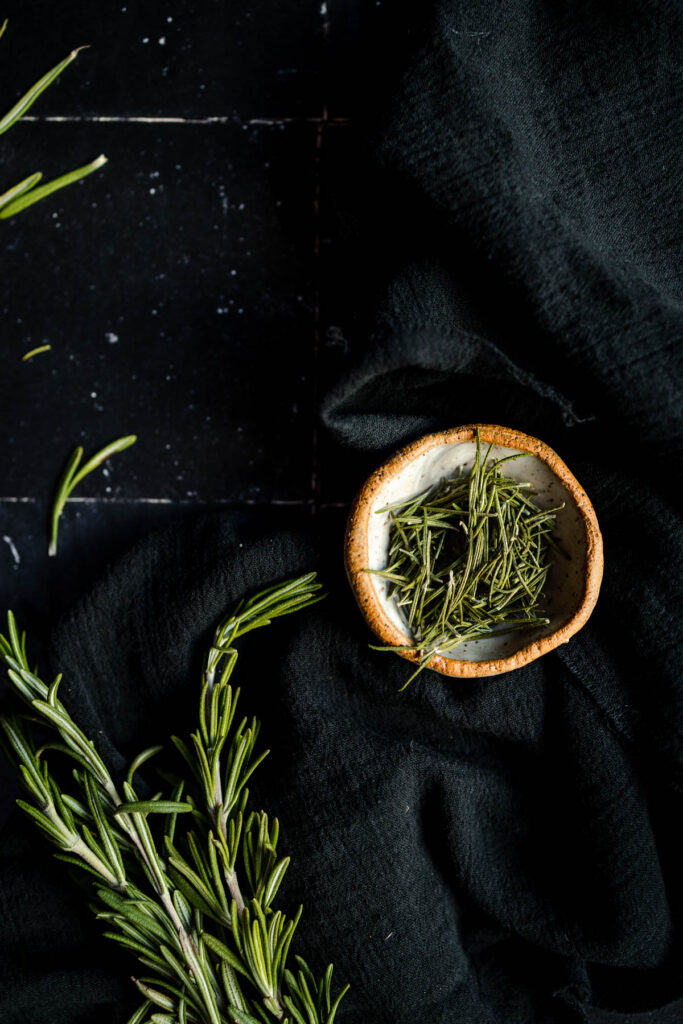
- Fresh Marjoram: Sweet and woodsy, fresh marjoram is excellent in soups, salads, and sauces.
- Dried Marjoram: This dried herb is milder than its fresh form. Dried marjoram adds a nuanced flavor to salad dressings and marinades.
- Fresh Oregano: Bold and peppery aromatic herb. Fresh oregano is a staple in Greek and Italian cuisines, perfect for tomato-based dishes, grilled veggies, and dressings.
- Dried Oregano: With an intensified bitterness and warmth, dried oregano is great in hearty stews, chili, and Mediterranean dishes.
- Fresh Tarragon: Anise-like and slightly sweet, fresh tarragon is ideal in French cuisine, fruit salads, and infusing vegan yogurt.
- Dried Tarragon: Its strong flavor becomes more concentrated and a bit bitter when dried. It’s suitable for infused vinegar and slow-cooked French dishes.
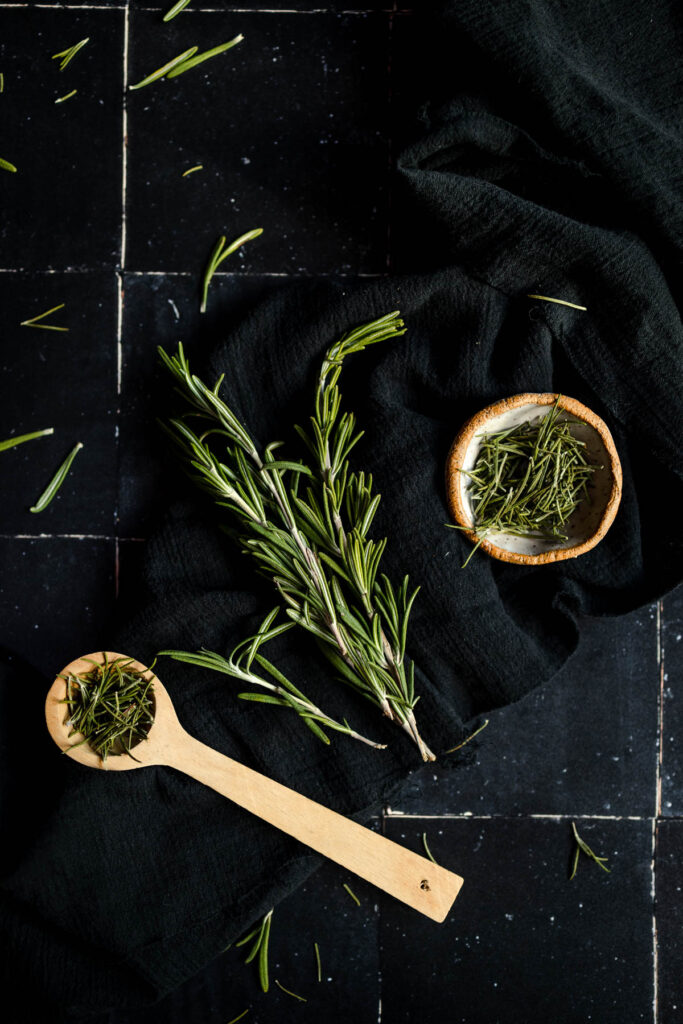
- Fresh Basil: Part of the mint family, basil is sweet and peppery taste with a hint of mint. Fresh basil is perfect in Italian cuisine, pesto, salads, and tomato-based dishes.
- Dried Basil: Less pungent than fresh, dried basil works well in soups, stews, and sauces where its flavor can meld with other ingredients.
- Fresh Summer Savory: Peppery and pungent, fresh savory is excellent in bean dishes, meats, and Bulgarian cuisine, adding depth and zest.
- Fresh Winter Savory: This herb offers a clean, piney, and slightly bitter flavor. It complements beans and lentils well, providing an aromatic lift to hearty winter meals.
- Dried Savory: Earthy and more subdued, dried savory complements stews and soups, providing a complex flavor layer.
- Fresh Italian Parsley: Mild and slightly bitter, fresh Italian parsley is versatile, enhancing the flavors in European and Middle Eastern dishes, particularly in garnishes and salads.
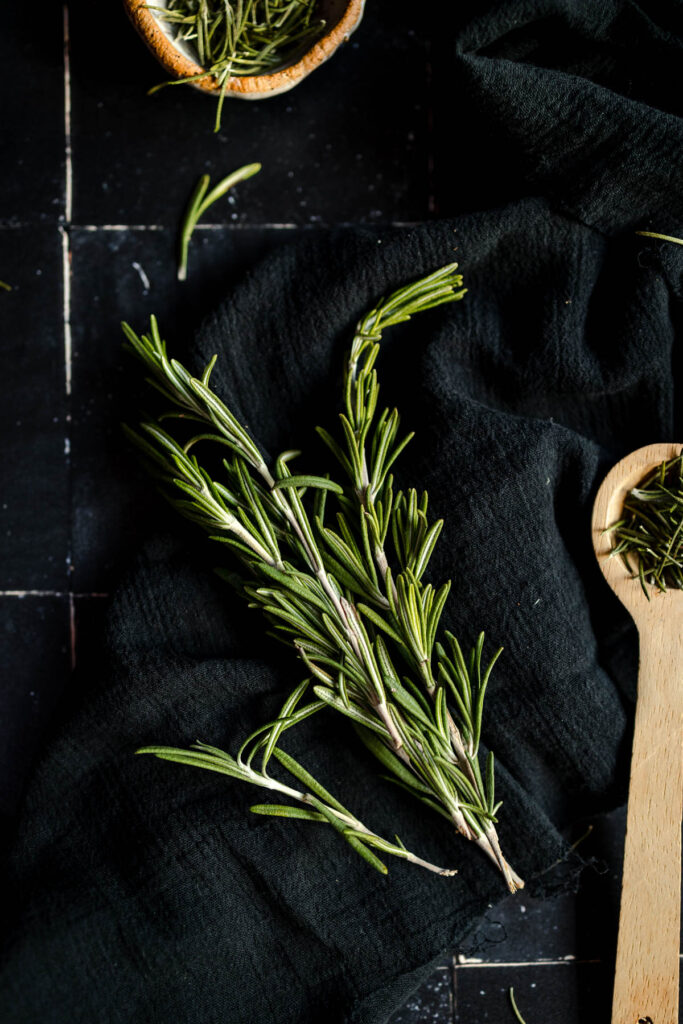
- Fresh Curly Parsley: Less intense than Italian parsley, fresh curly parsley offers a decorative touch and a mild flavor in soups, stews, and as garnishes.
- Dried Curly Parsley: Primarily used for its visual appeal, dried curly parsley has a muted flavor, suitable for garnishing and adding a color pop without overwhelming dishes.
- Fresh Dill: Fragrant with a sweet taste, fresh dill is ideal in Scandinavian and Eastern European cuisines, especially with fish, potatoes, and yogurty sauces.
- Dried Dill: Less aromatic than fresh, dried dill works well in dressings, marinades, and dishes where a subtle dill flavor is desired.
- Herbes de Provence: A blend featuring thyme, marjoram, and other herbs, Herbes de Provence is perfect for French cooking, especially roasted meats and vegetables.
- Italian Seasoning: This popular herb blend includes basil, oregano, and rosemary, making it a versatile substitute in Italian dishes, marinades, and seasoning mixes.
- Bay Leaf: With a distinct and slightly floral flavor, bay leaves are ideal in soups, stews, and braises, infusing the dish with depth over long cooking.
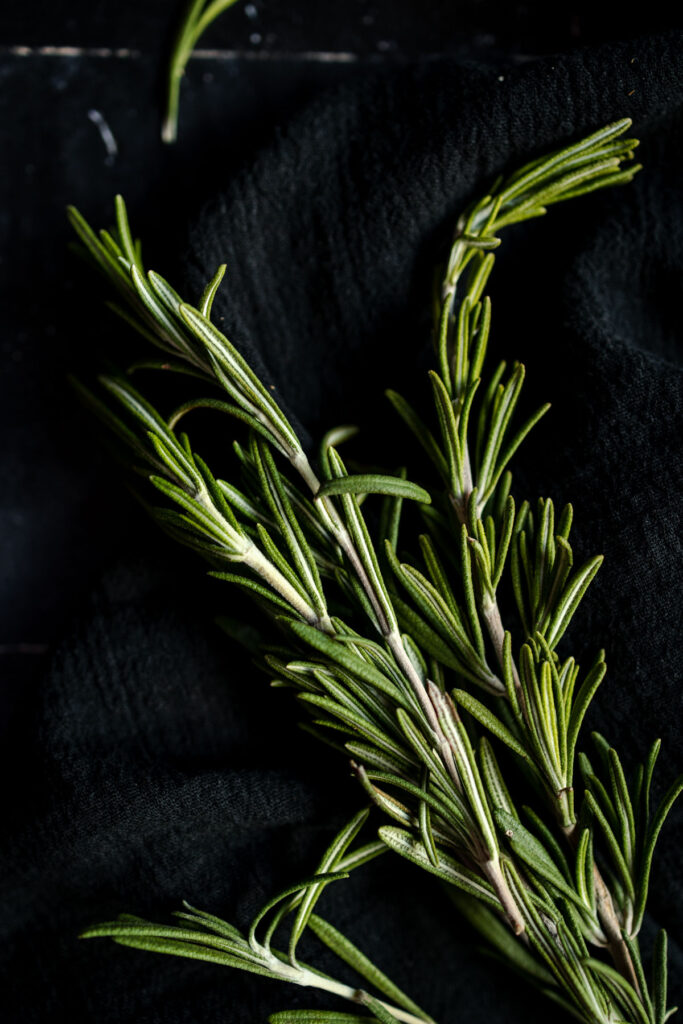
Servings Ideas
This versatile herb can make your taste buds dance! Here are some of my favorite ways to enjoy it.
- Soups & Stews: Dry rosemary as well as fresh are excellent additions to soups and stews such as this Lentil Soup Recipe and Traditional Minestrone Soup.
- Seasonings: A little bit of rosemary can add a distinct flavor to any seasoning, such as this Vegan Popcorn Flavoring.
- Sides: The flavor of rosemary is simply delightful paired with most vegetable dishes. I love its robust flavor in these Crispy Rosemary Fries, Baked Home Fries, and Roasted Asparagus recipes.
- Drinks: Add a sprig of rosemary to your next batch of Homemade Lemonade or make this rosemary-infused Grapefruit Water.
Storage Tips
Storing rosemary is simple.
- Fresh Rosemary: Wrap fresh rosemary leaves in a damp paper towel and place them inside an airtight container. A glass jar or Stasher bag is perfect for this. Store in the refrigerator to maintain freshness.
- Dried Rosemary: Store in an airtight container like a glass jar. Keep it in a cool, dark place to preserve its potent flavor.
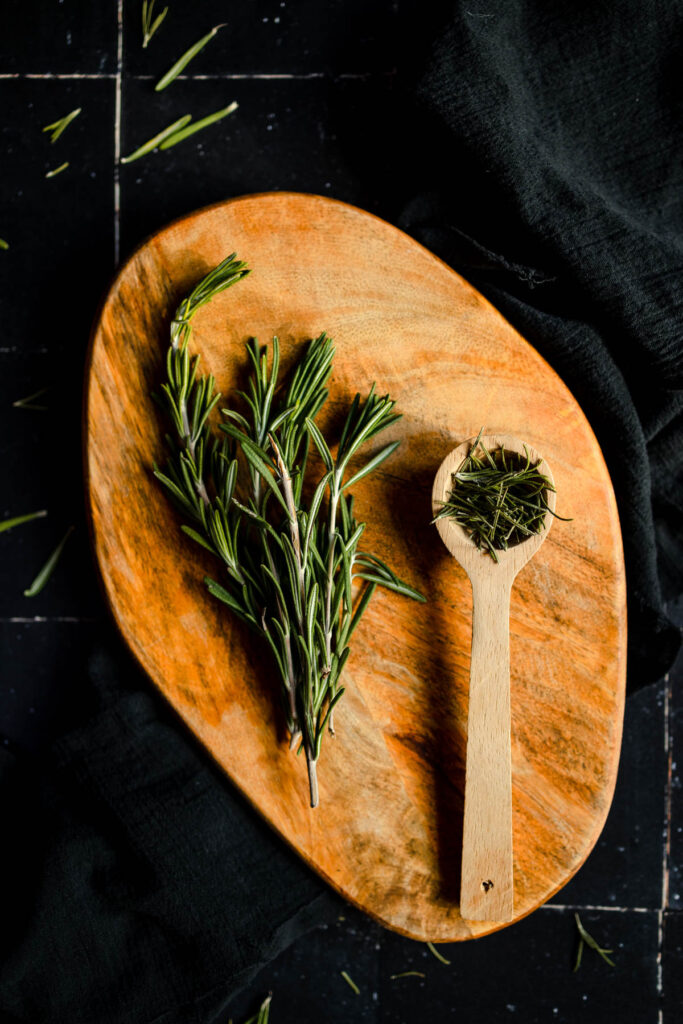
FAQ
Use 1 tablespoon of fresh thyme or 1 teaspoon of dried rosemary as a close substitute.
Thyme and sage are similar, offering a comparable earthy and aromatic flavor profile.
Yes, basil can provide a sweet and peppery flavor, suitable for lighter dishes.
Sage shares a similar aromatic and earthy character, making it a good alternative.
Final Words
Exploring rosemary substitutes not only diversifies your palate but also enriches your culinary experience. Embracing these alternatives can contribute to a balanced diet, supporting your immune system and offering a therapeutic cooking journey that nourishes both body and mind.
